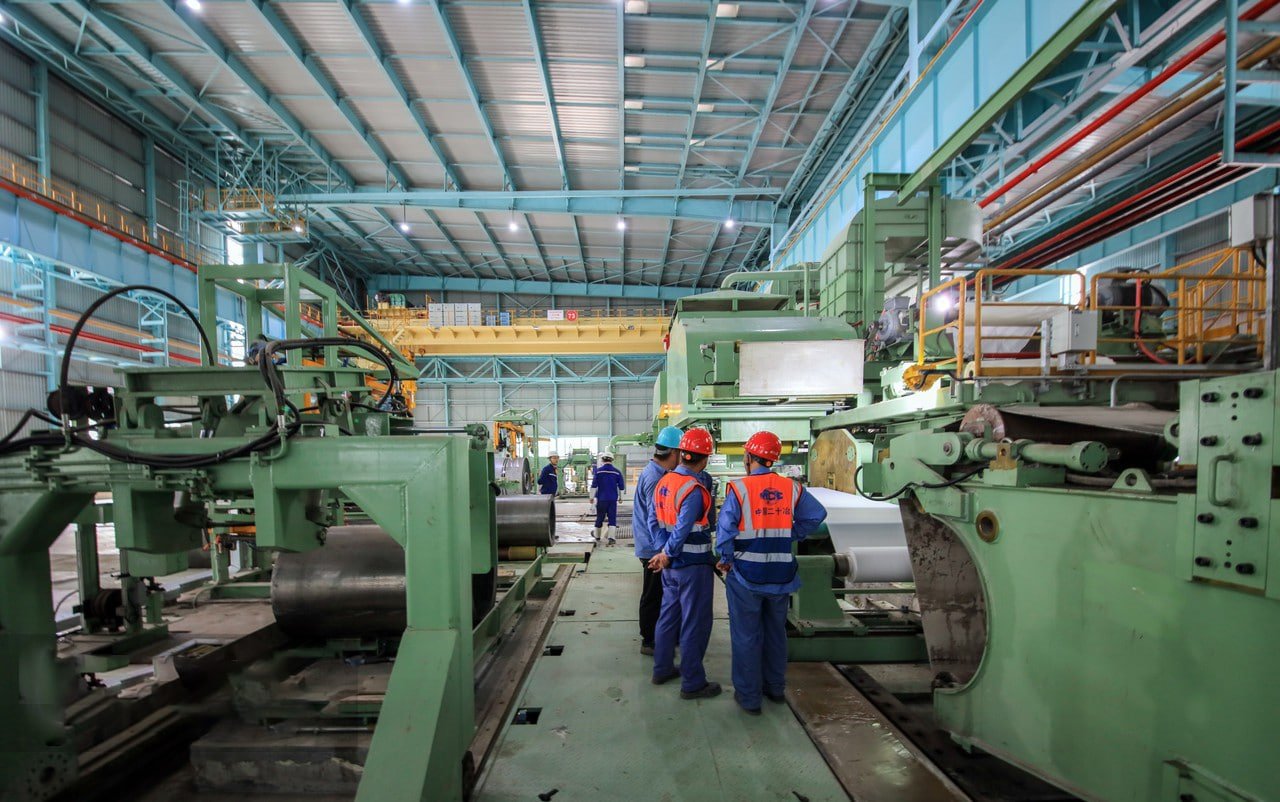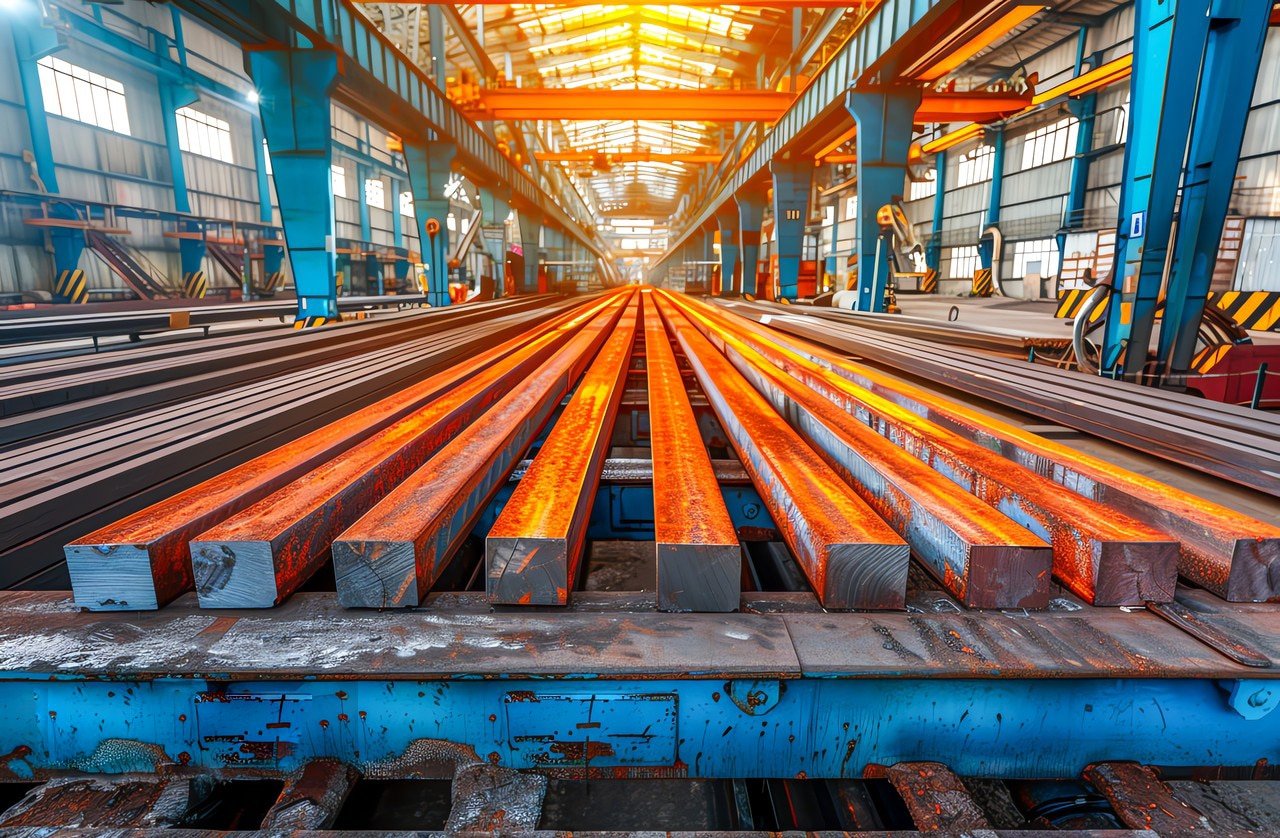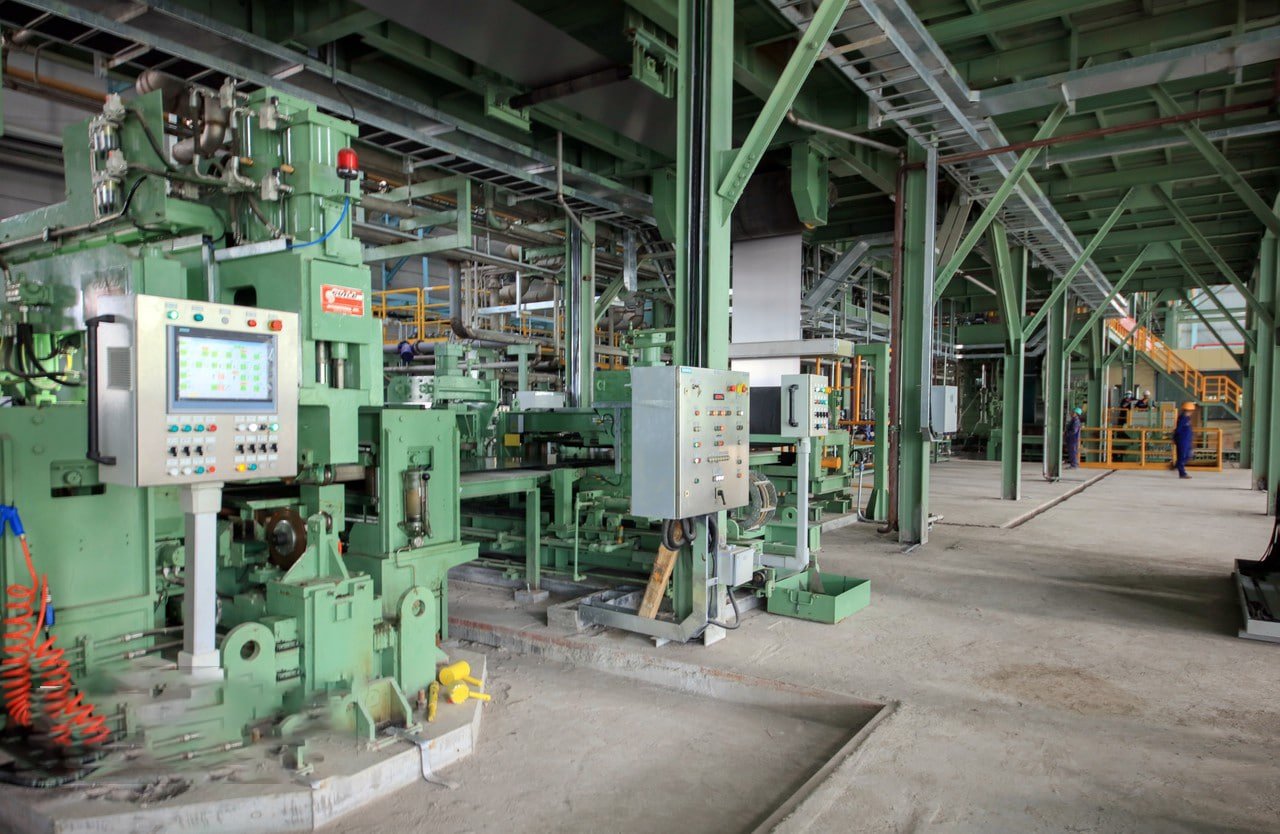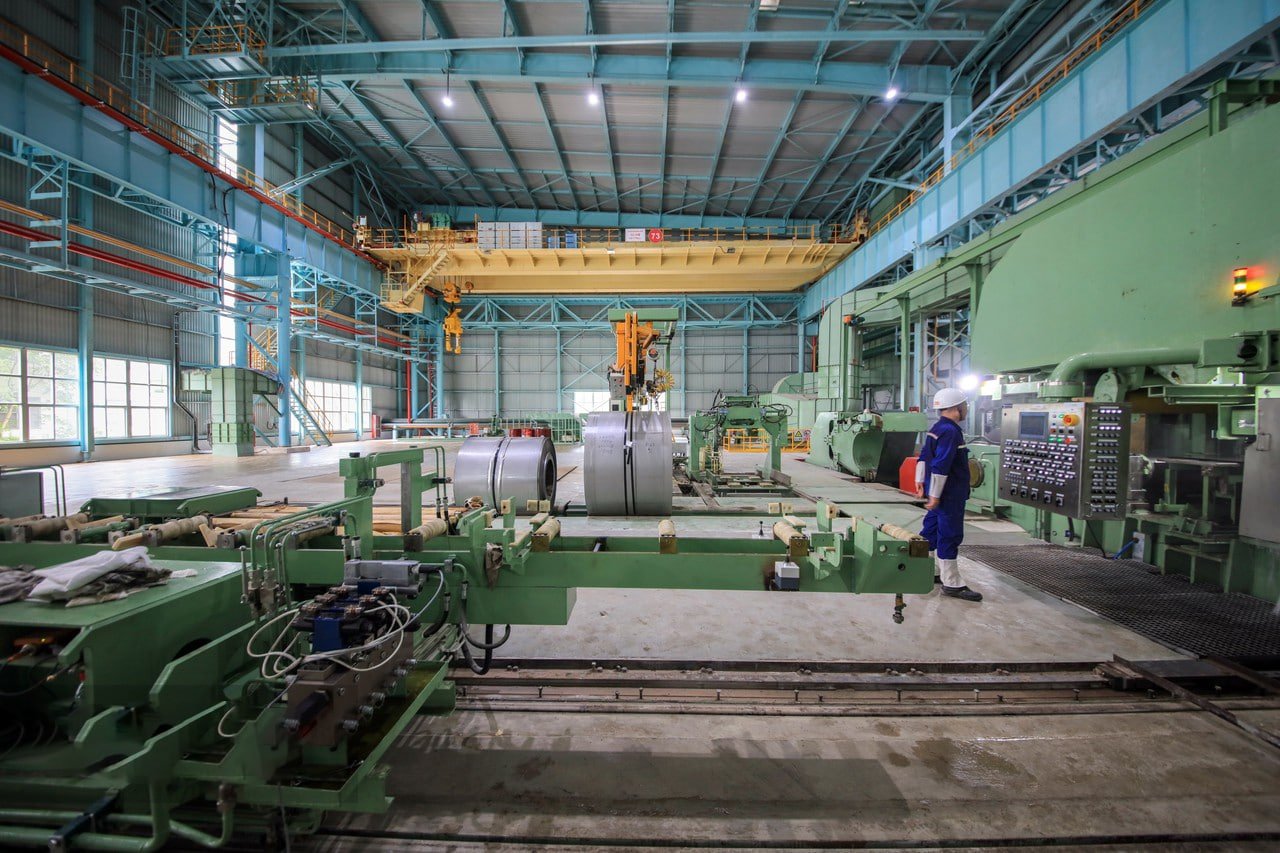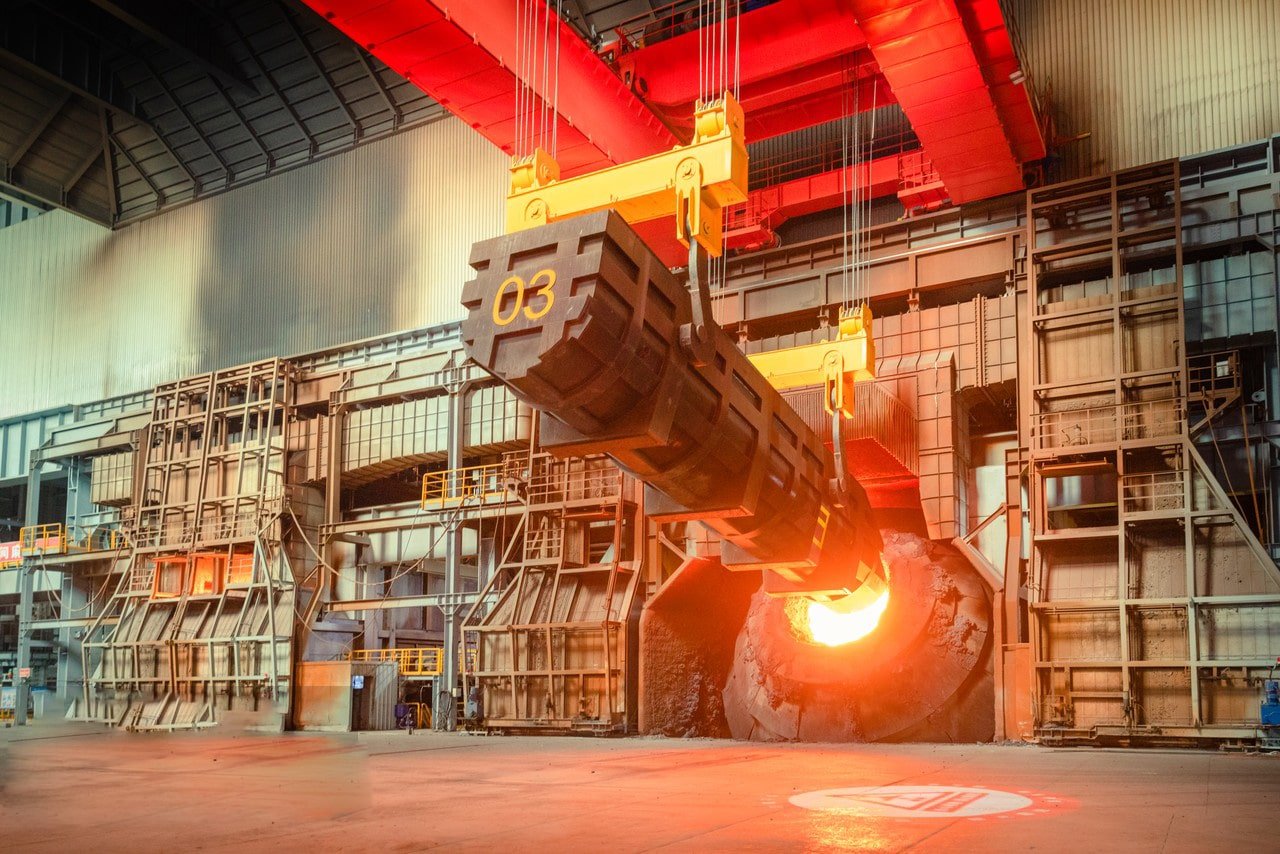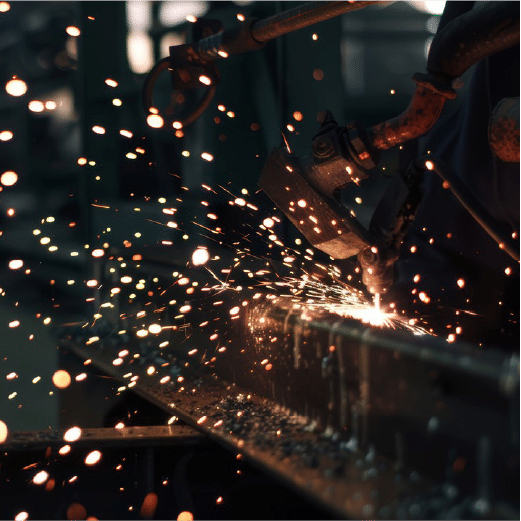
After manufacturing 304 stainless steel sheets for 15 years, I've seen how this versatile material has become the industry standard. Many customers ask why it's called the "universal" stainless steel.
304 stainless steel sheet1 is an austenitic chromium-nickel alloy that combines excellent corrosion resistance with superior formability. The number "304" is its standardized grade designation, representing a specific composition that makes it ideal for a wide range of applications.
Let me share insights from my experience helping clients understand and utilize this remarkable material. Whether you're in food processing, construction, or manufacturing, understanding 304 stainless steel is crucial for making informed material decisions.
Through years of supplying this grade across Asia and the Middle East, I've witnessed its exceptional performance in various applications and environments.
What Is the Chemical Composition of 304 Stainless Steel Sheets?
Having overseen countless production runs, I can explain the precise composition that gives 304 its unique properties.
304 stainless steel contains 18-20% chromium and 8-10.5% nickel2, with controlled amounts of carbon, manganese, and other elements. This carefully balanced composition creates its distinctive combination of properties.
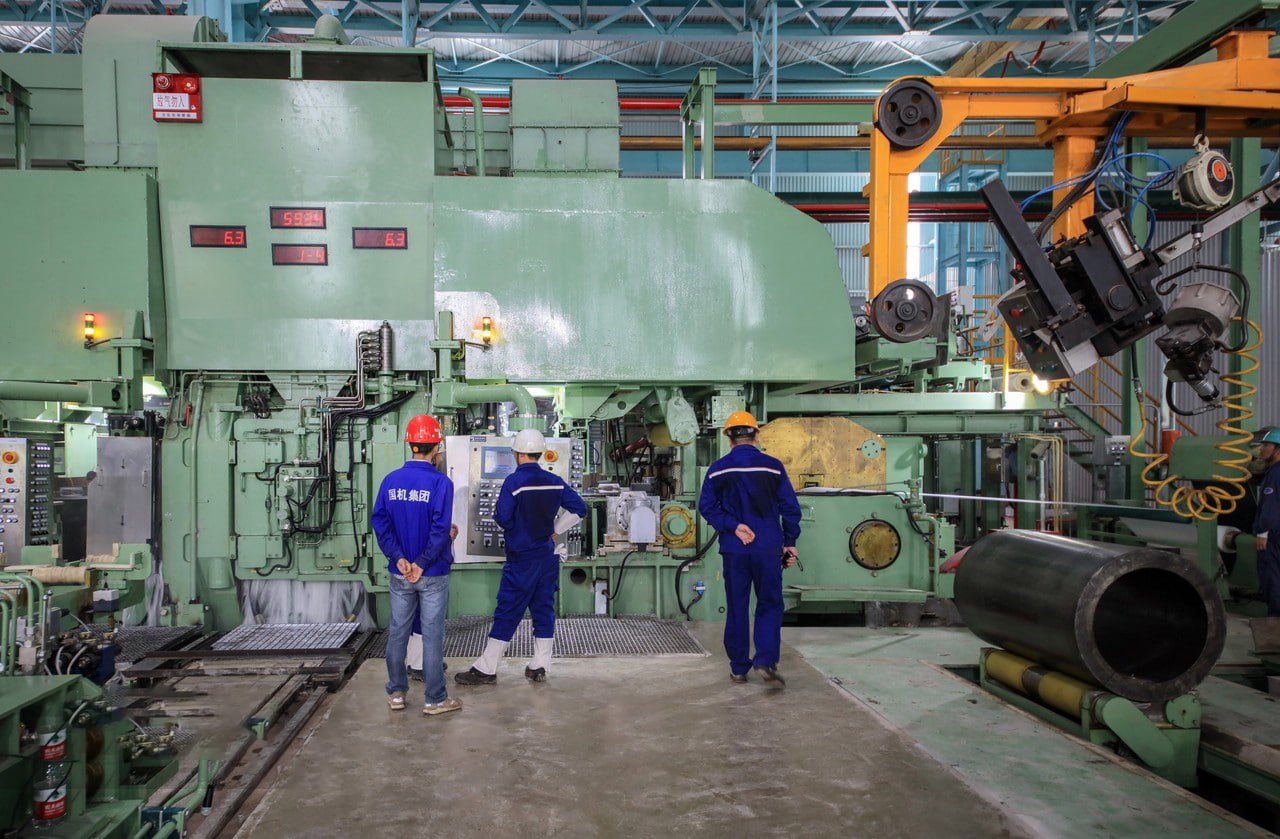
Detailed Composition
| Element | Percentage | Role in Properties |
|---|---|---|
| Chromium | 18-20% | Corrosion resistance |
| Nickel | 8-10.5% | Austenite stability |
| Carbon | ≤0.08% | Strength control |
| Manganese | ≤2% | Austenite former |
| Silicon | ≤1% | Deoxidizer |
Element Functions
- Primary Elements
- Chromium:
- Forms protective oxide layer
- Provides corrosion resistance
- Enhances heat resistance
- Contributes to strength
- Improves wear resistance
- Nickel:
- Stabilizes austenitic structure
- Improves ductility
- Enhances toughness
- Aids formability
- Increases impact resistance
- Secondary Elements
- Carbon:
- Controls strength
- Affects hardness
- Influences weldability
- Impacts corrosion resistance
- Determines heat treatment response
Why Is 304 Stainless Steel Known for Its Corrosion Resistance?
Through years of testing and field applications, I've witnessed 304's exceptional corrosion resistance firsthand.
The corrosion resistance of 304 stainless steel3 comes from its chromium content, which forms a self-healing passive oxide layer. This invisible film, just nanometers thick, provides continuous protection against various corrosive environments.
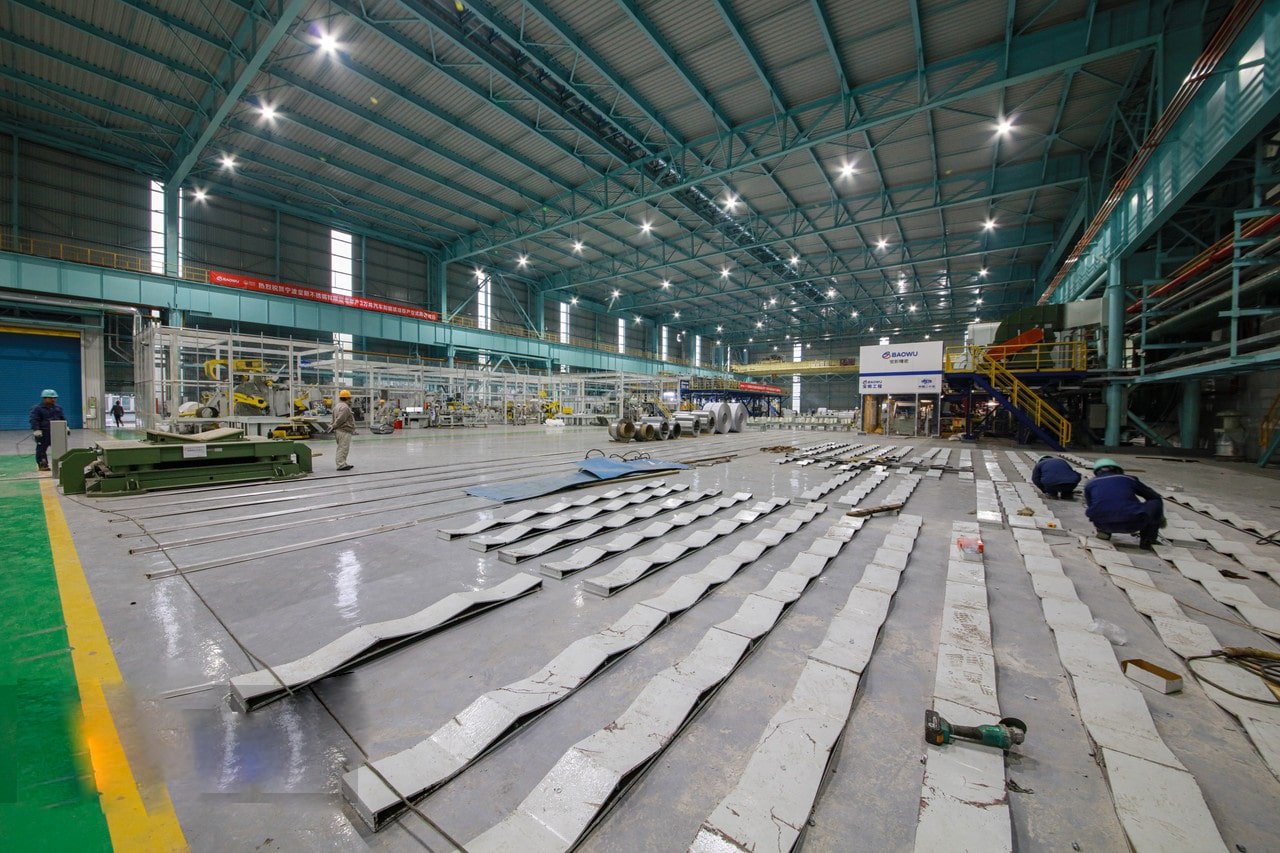
Corrosion Protection Mechanism
-
Passive Layer Formation
- Instantaneous reaction with oxygen
- Continuous self-repair
- Uniform surface coverage
- Molecular-level protection
- Environmental adaptation
-
Protection Performance
| Environment | Resistance Level | Performance Notes |
|---|---|---|
| Atmospheric | Excellent | Ideal for outdoor use |
| Food Grade | Superior | Safe for food contact |
| Chemical | Good | Suitable for mild chemicals |
| Urban | Excellent | Resistant to pollution |
Real-World Performance
Based on our field experience:
-
Indoor Applications
- Zero surface degradation
- Maintains appearance
- Easy cleaning
- Long service life
- Minimal maintenance
-
Outdoor Exposure
- Weather resistant
- UV stable
- Pollution tolerant
- Temperature resistant
- Moisture resistant
What Are the Common Applications of 304 Stainless Steel Sheets?
Having supplied 304 to various industries, I can detail its widespread applications.
304 stainless steel sheets are extensively used4 in food processing equipment, kitchen appliances, architectural elements, and industrial equipment. Their combination of corrosion resistance and formability makes them ideal for diverse applications.
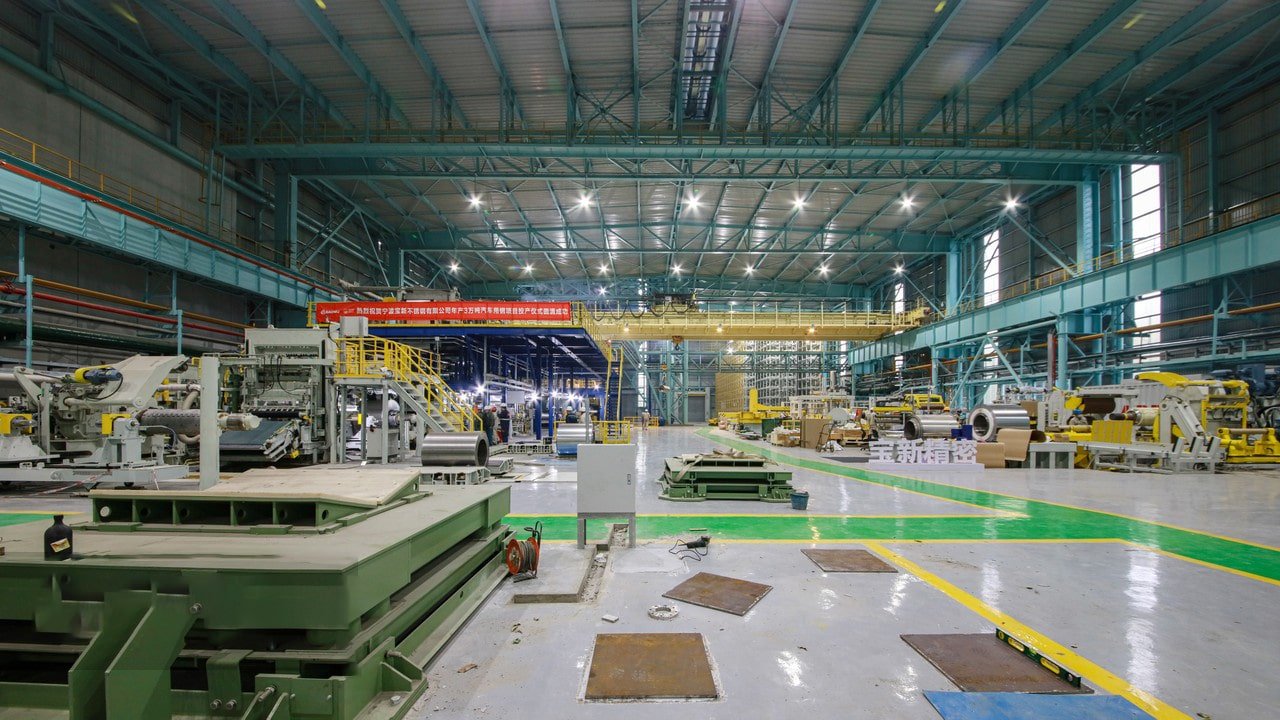
Industry-Specific Applications
-
Food and Beverage
- Processing equipment
- Storage tanks
- Work surfaces
- Kitchen equipment
- Transport containers
-
Architecture and Construction
- Wall panels
- Elevator cladding
- Handrails
- Door frames
- Decorative elements
-
Industrial Uses
| Application | Key Requirements Met |
|---|---|
| Chemical tanks | Corrosion resistance |
| Heat exchangers | Temperature stability |
| Process equipment | Durability |
| Ventilation systems | Easy cleaning |
| Laboratory furniture | Hygiene |
How Does 304 Stainless Steel Compare to 316 Stainless Steel Sheets?
Drawing from extensive experience with both grades, I can explain their key differences.
While 304 offers excellent general-purpose performance, 316 provides enhanced corrosion resistance5 through added molybdenum, making it better suited for marine and chemical applications.
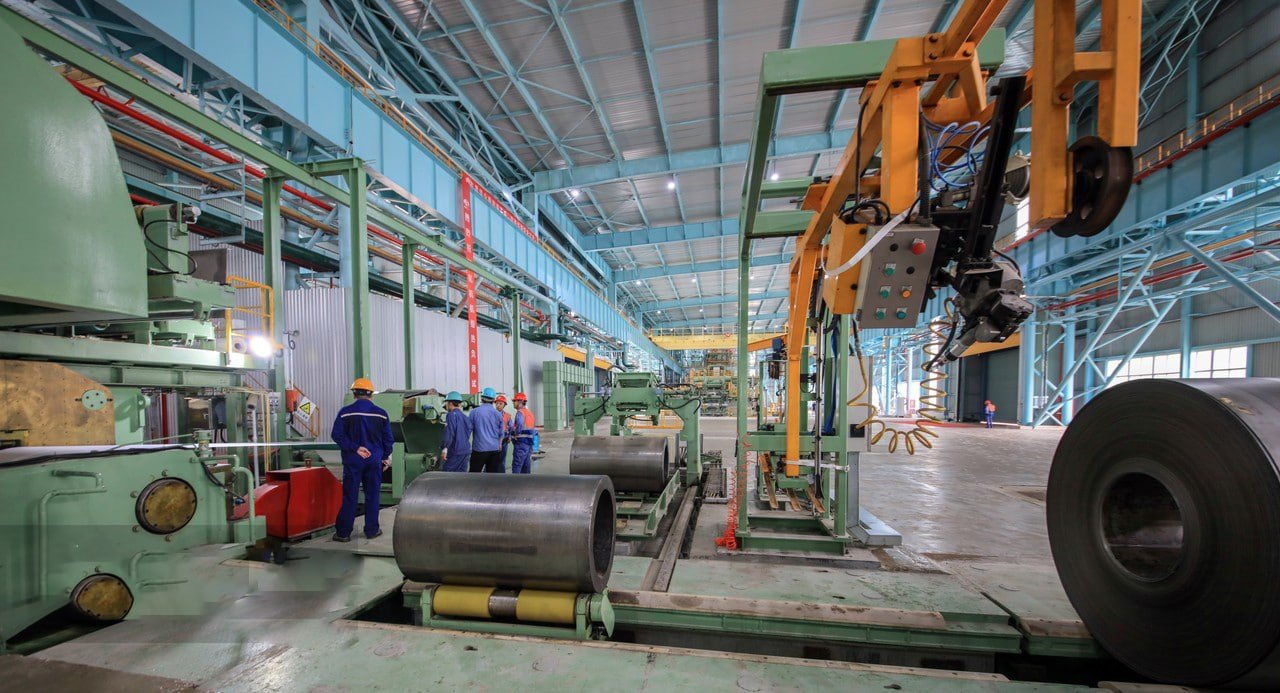
Comparative Analysis
| Characteristic | 304 Grade | 316 Grade |
|---|---|---|
| Cost | Lower | 25-30% higher |
| Corrosion Resistance | Good | Superior |
| Strength | Similar | Similar |
| Formability | Excellent | Excellent |
| Applications | General purpose | Specialized |
Performance Comparison
- Environmental Resistance
- 304:
- Good in general environments
- Limited chloride resistance
- Suitable for urban/rural settings
- Cost-effective solution
- 316:
- Superior in harsh environments
- Excellent chloride resistance
- Ideal for marine applications
- Premium solution
What Are the Key Benefits of Using 304 Stainless Steel Sheets in Various Industries?
Based on years of customer feedback and application success stories, I can outline the key advantages.
304 stainless steel sheets offer an optimal balance of properties6 including corrosion resistance, formability, strength, and cost-effectiveness, making them the go-to choice for many applications.
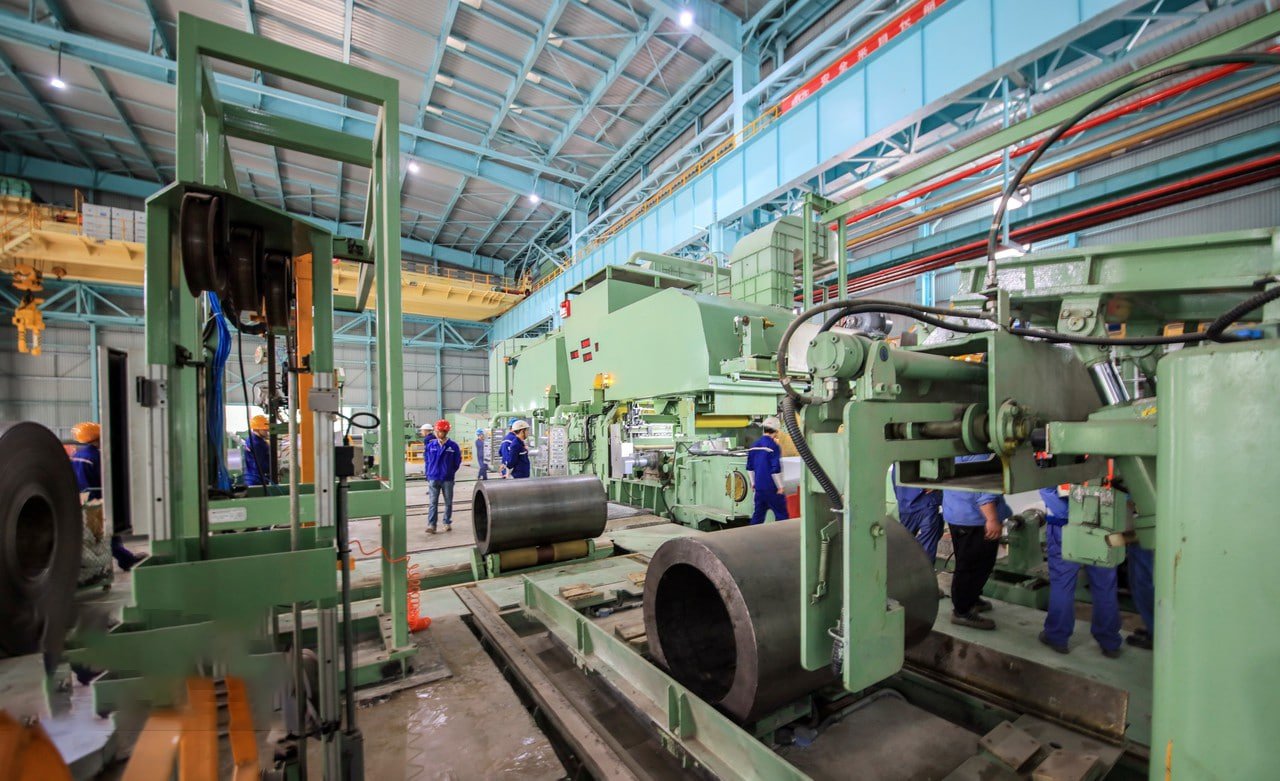
Primary Benefits
-
Performance Advantages
- Excellent corrosion resistance
- Superior formability
- Good weldability
- High strength-to-weight ratio
- Temperature resistance
-
Economic Benefits
- Cost-effective
- Long service life
- Low maintenance
- High resale value
- Energy efficient
Industry-Specific Benefits
| Industry | Key Benefits | Value Added |
|---|---|---|
| Food Processing | Hygiene, durability | Food safety compliance |
| Architecture | Aesthetics, longevity | Reduced maintenance |
| Manufacturing | Versatility, strength | Production efficiency |
| Healthcare | Cleanability, resistance | Infection control |
Conclusion
304 stainless steel sheets represent an excellent balance of properties7, making them the most widely used grade globally. Their combination of corrosion resistance, formability, and cost-effectiveness, along with their versatility across various applications, makes them an ideal choice for many industries. Understanding their composition, properties, and benefits enables informed material selection for optimal performance and value.
reason for clicking: Learn why 304 stainless steel is a popular choice in industries
-
Learn about the properties that make 304 stainless steel versatile ↩
-
Explore the elements that form 304 stainless steel ↩
-
Understand the role of chromium in corrosion protection ↩
-
Discover industries that benefit from using 304 stainless steel ↩
-
Compare the differences between 304 and 316 stainless steels ↩
-
Identify the benefits of using 304 stainless steel in various applications ↩
-
Learn why 304 stainless steel is a popular choice in industries ↩

